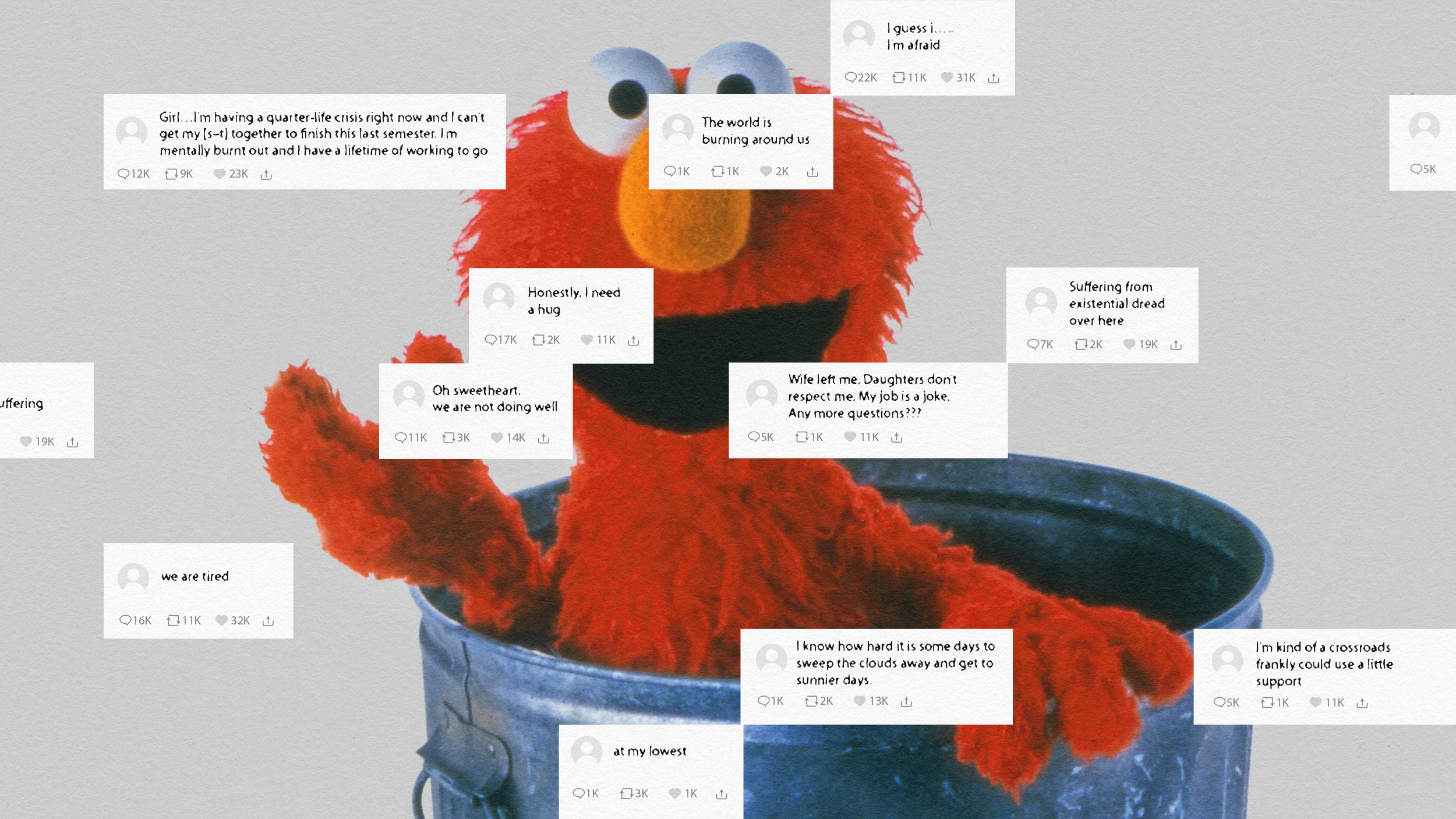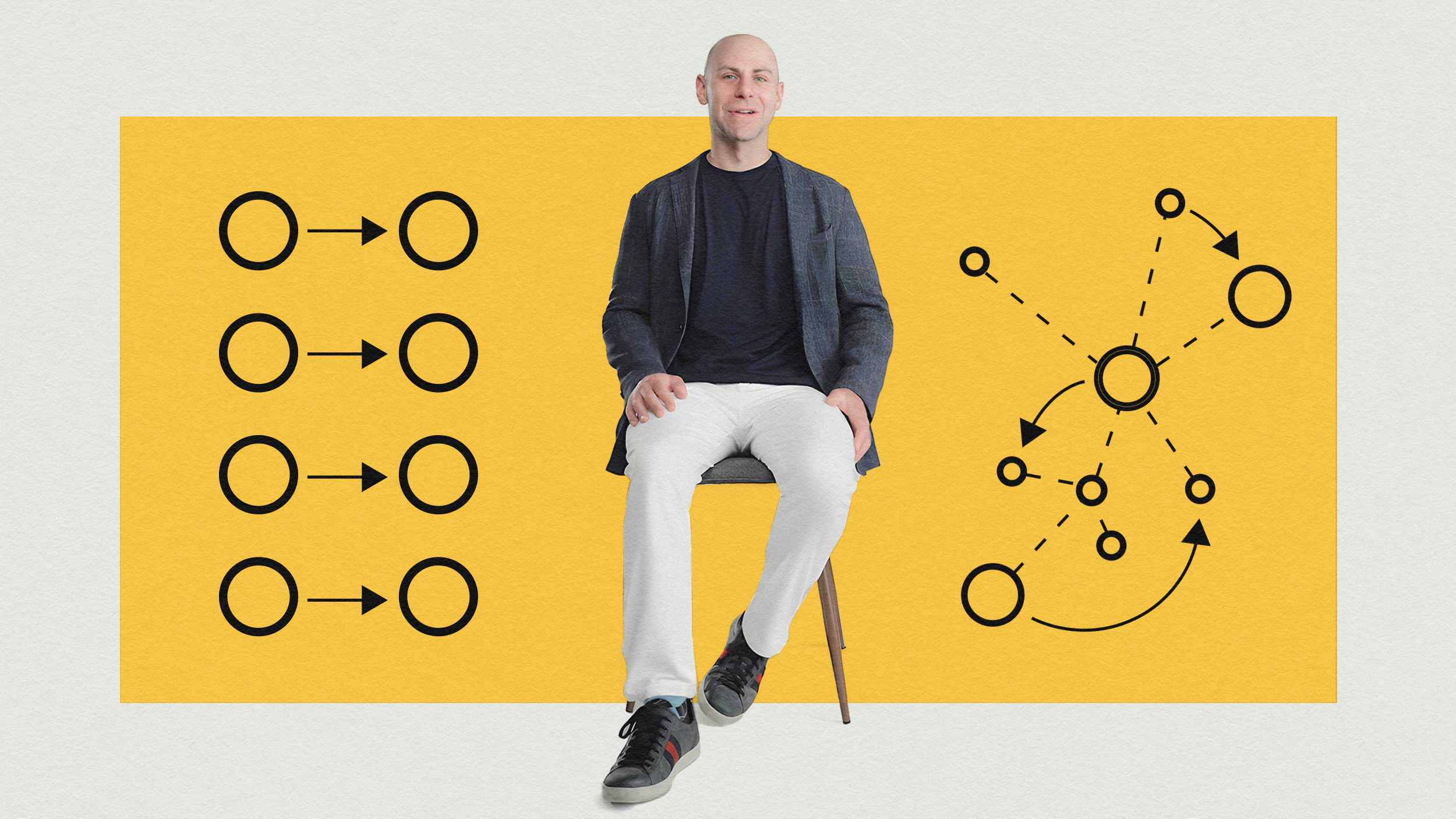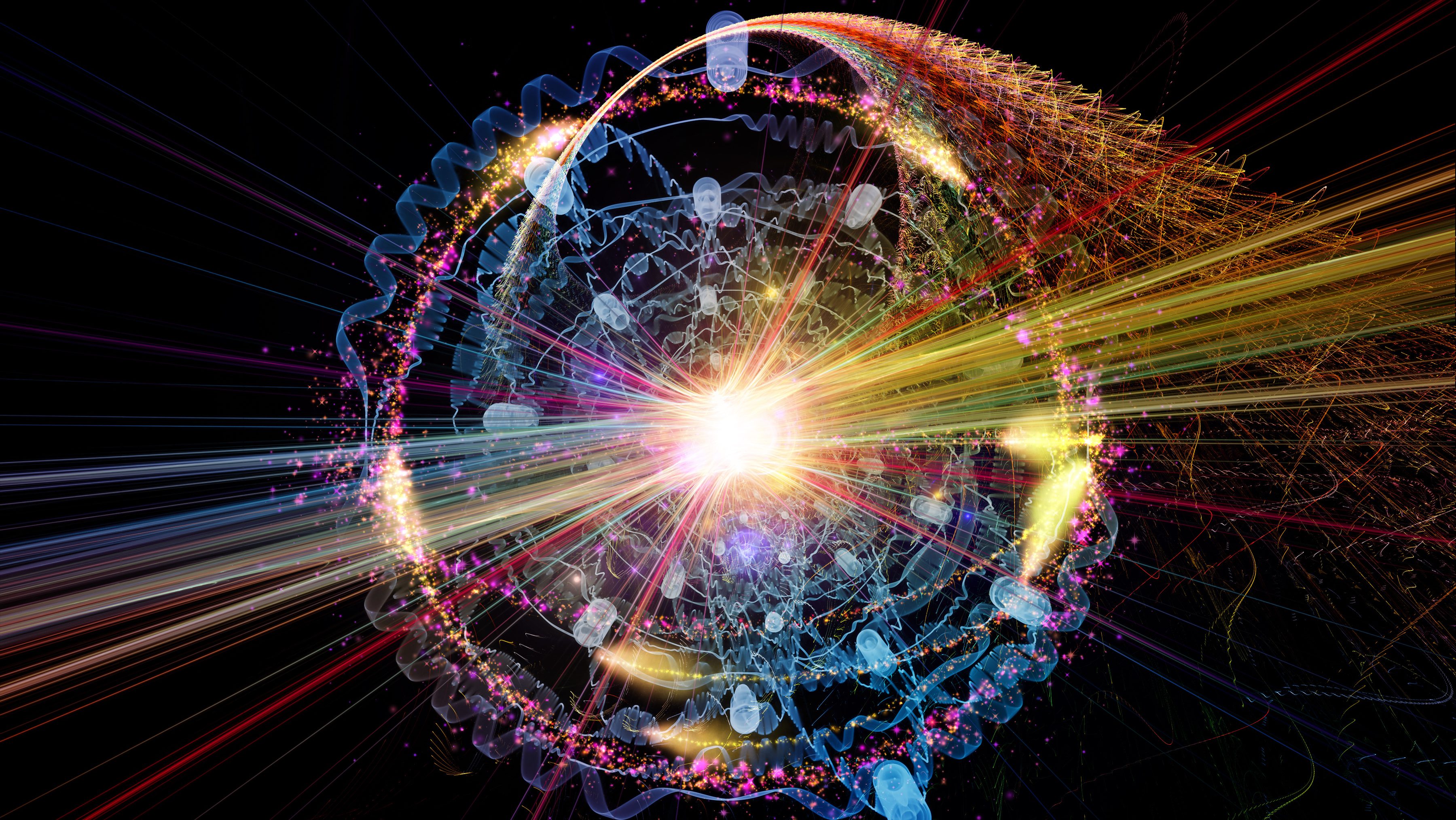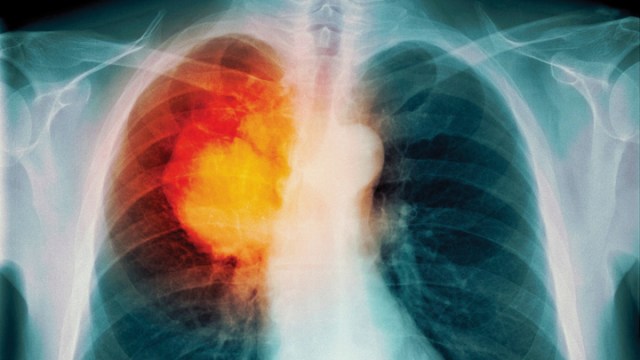Achieving Your Goals Starts In Your Brain

Nine years ago the average adult spent eighteen minutes on their phone every day. Fast forward seven years and that number jumped, quite dramatically: two hours and forty-eight minutes per day. Not only does this trend affect adults, but the adults then teach these habits to their children. NYU marketing professor Adam Alter writes in Irresistible: The Rise of Addictive Technology and the Business of Keeping Us Hooked,
Using head-mounted cameras, researchers have shown that infants instinctively follow their parents’ eyes. Distracted parents cultivate distracted children, because parents who can’t focus teach their children the same attentional patterns.
Besides the many negative effects such inattention creates—poor sleeping patterns, leading to suppressed immune response; mood swings; traffic accidents—add another to the list: failure to reach your goals.
While technology is not the only cause of inattention, it certainly is a main driver. A forthcoming study a the University of Waterloo in Canada, which will be published in Journal of Experimental Psychology, has connected a penchant for spacing out with giving up on your ambitions. Lead author Brandon Ralph sums it up:
Those who often can’t keep their minds on their tasks — such as thinking about weekend plans instead of listening to the lecturer in class — tend to have more fleeting aspirations. We’ve shown that maintaining concentration over hours and days predicts passion over longer periods.
Over four hundred participants took part in three studies making this link between attention and ambition. Qualities such as mind wandering, grit, and inattention were measured. Grit was used to determine how motivated each participant is in achieving long-term goals. The more participants self-reported mind wandering and spacing out, the less likely they were to stay the course and continue the pursuit of their goals.
Ralph plans on extending this research to see if mindfulness training and meditation will improve attentional skills as it relates to achieving goals. Given the reams of research that have appeared since Richard Davidson began scanning the brains of Buddhist monks in the nineties, such training is probably the most appropriate means of strengthening the muscles of attention.
Of course, mind wandering, otherwise known as the brain’s default network, has benefits as well, including increased memory capabilities and emotional regulation. Knowing when to space out and when to tune in becomes more challenging the more addictive technologies are integrated into the course of our day, however. Always being on alert for the next novel piece of information, photo, or text does not make for a strong will.
The ability to switch between modes—daydreaming and central executive, or focus—becomes harder as attention wanders more often. Having a space and time for spacing out is important. Not knowing that such spaces exist, however, leads to the sort of conclusions Ralph’s team has found: giving up is much easier when an alert dings in your hand.
—
Derek’s next book, Whole Motion: Training Your Brain and Body For Optimal Health, will be published on 7/17 by Carrel/Skyhorse Publishing. He is based in Los Angeles. Stay in touch on Facebook and Twitter.





